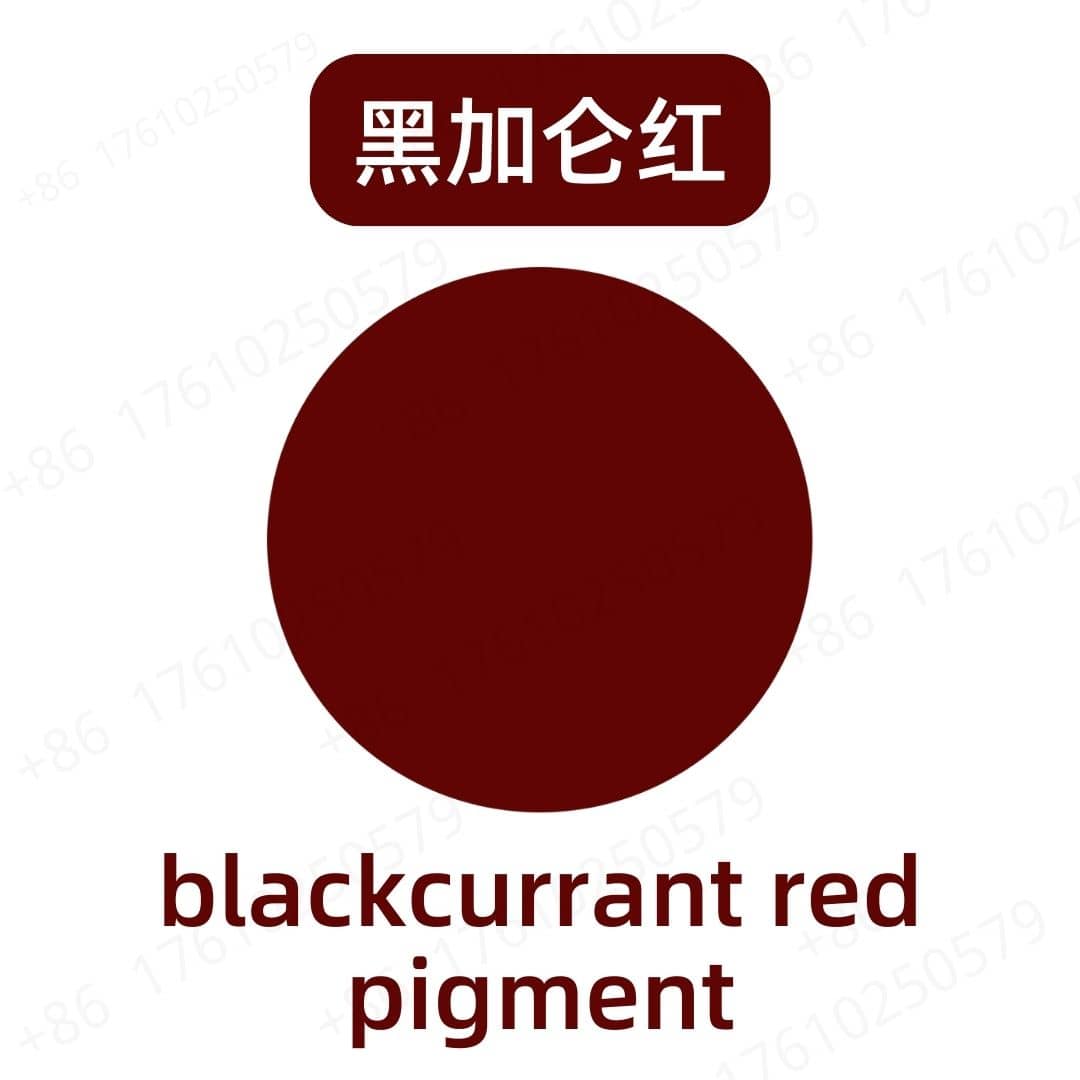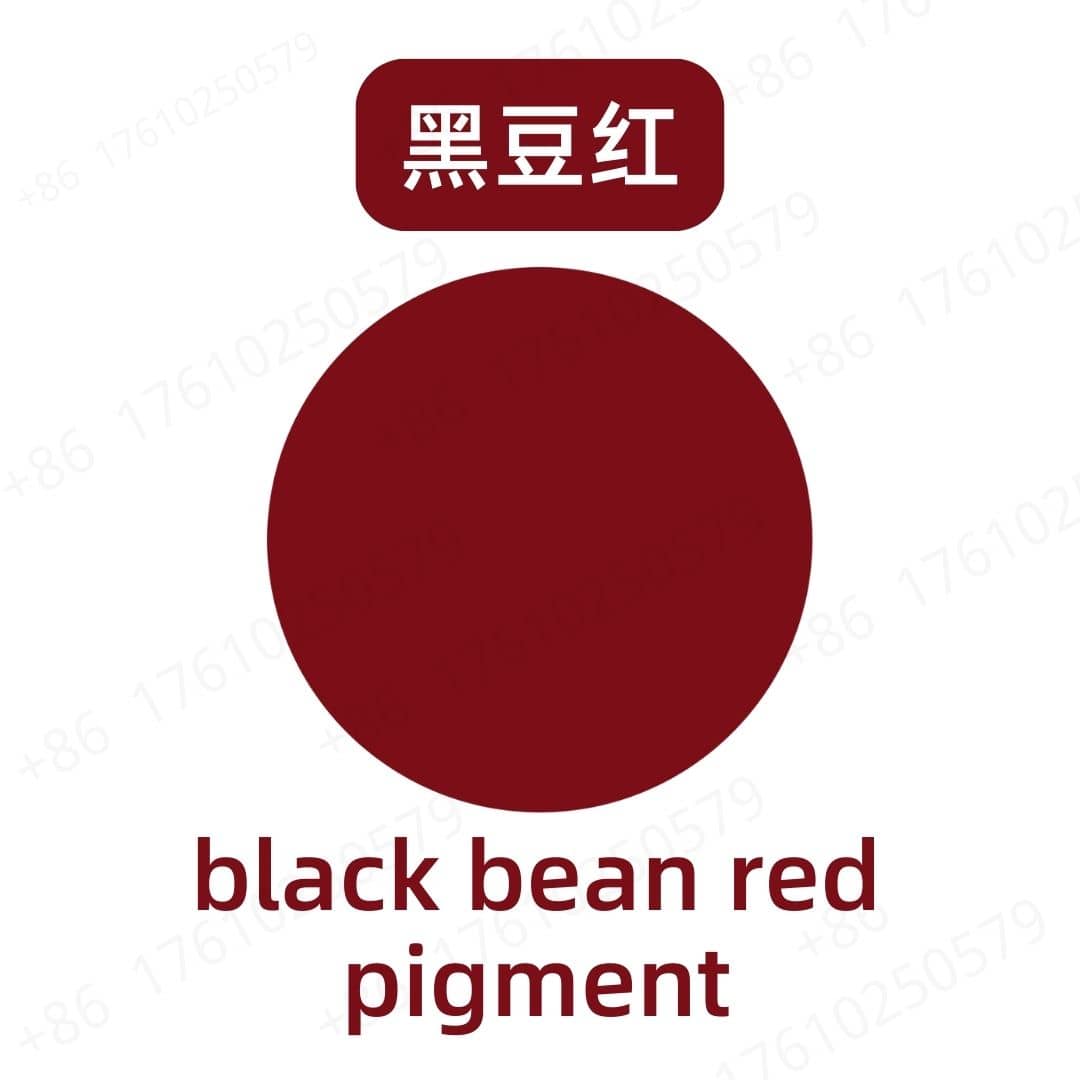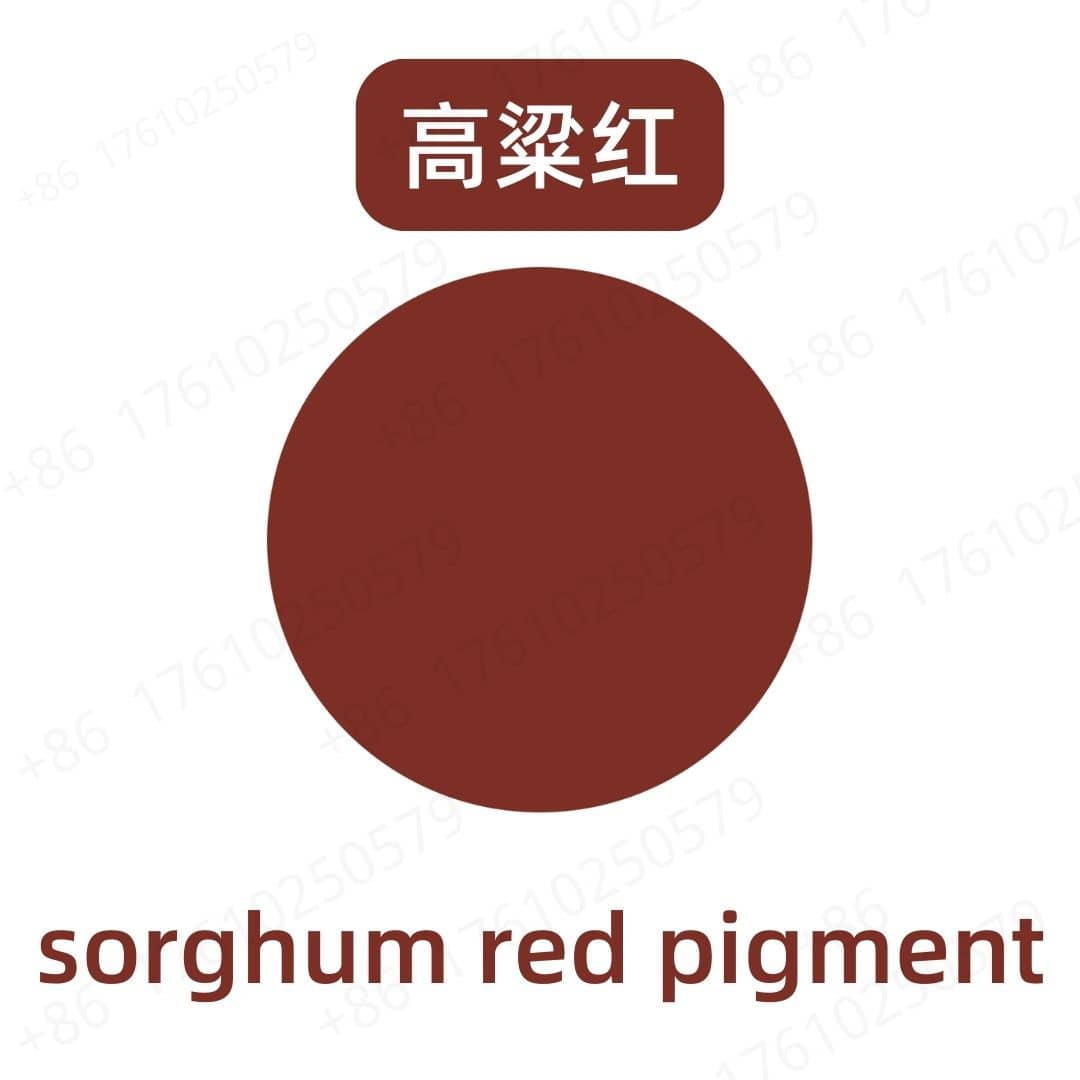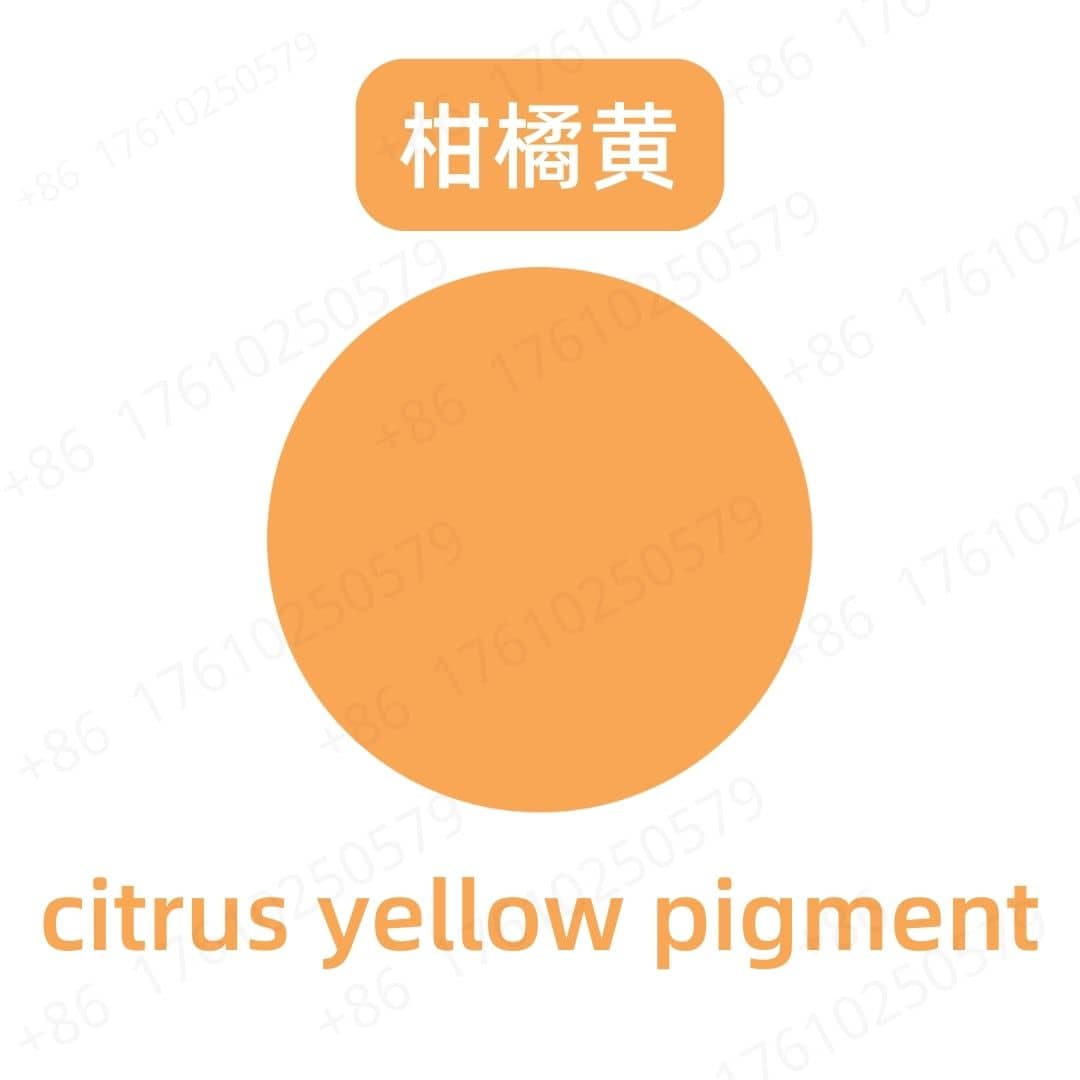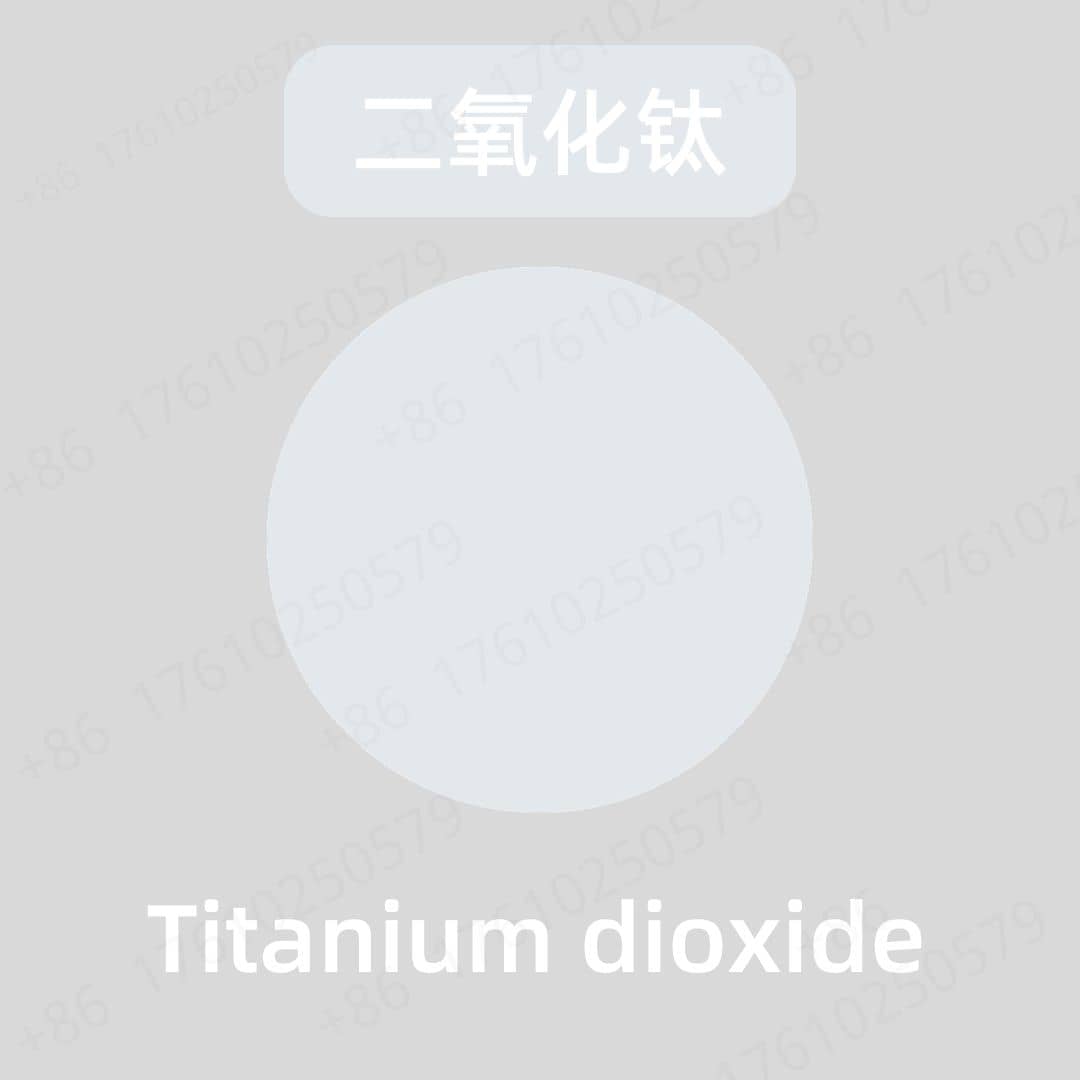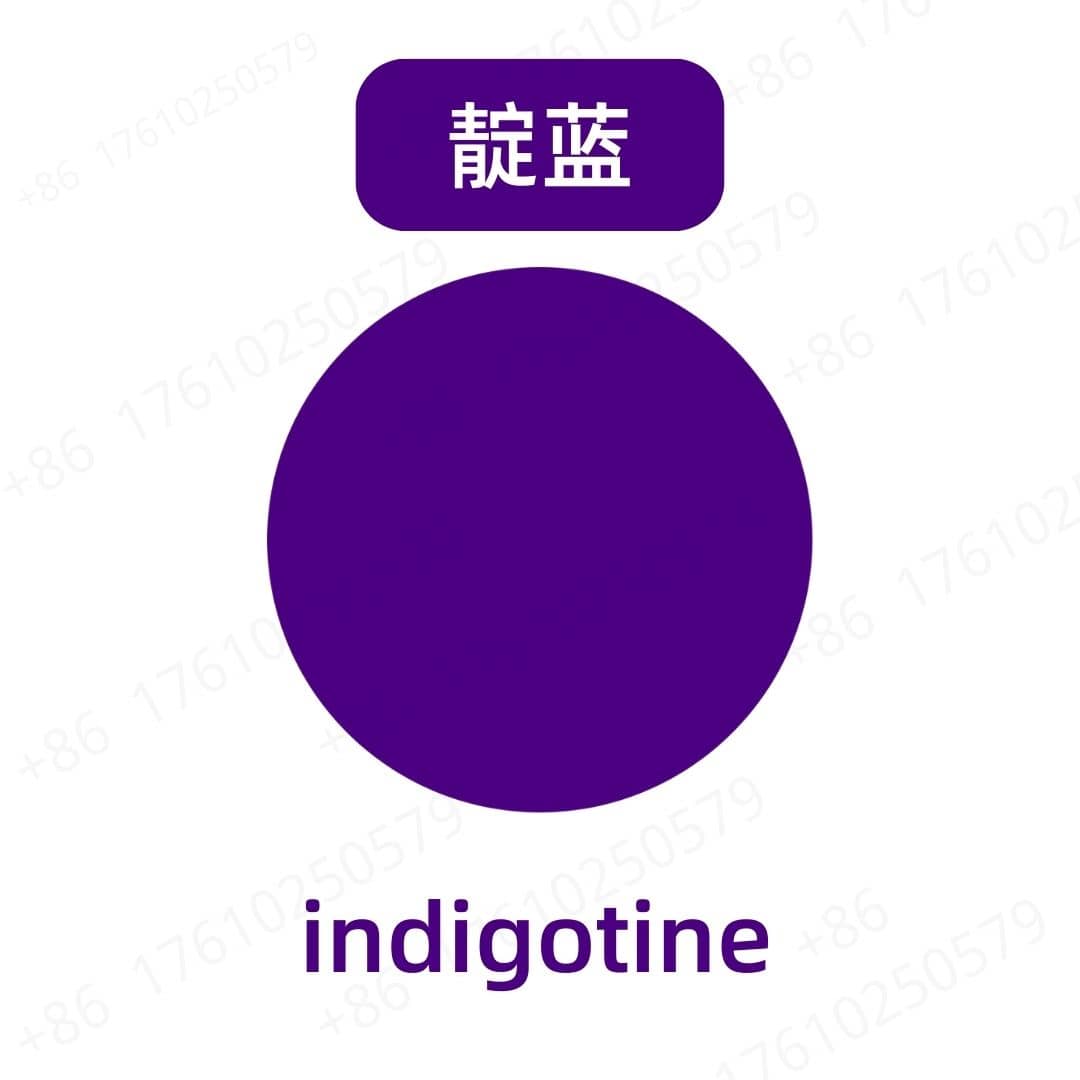Product Introduction
Monascus yellow pigment is a natural colorant derived from the fermentation of rice using Monascus species, primarily Monascus purpureus. This pigment has been traditionally used in Asian cuisine for centuries, providing a vibrant yellow-orange hue to food products. Recognized for its appeal and safety, Monascus yellow is favored in various applications due to its stable nature and ability to impart an attractive color without artificial additives. It is known for being more acceptable to health-conscious consumers who prefer natural ingredients over synthetic ones. The product is often utilized to enhance the visual appeal of meals, aligning with contemporary dietary trends that prioritize wholesome, identifiable ingredients.
Production Process
The production process of Monascus yellow pigment begins with the cultivation of Monascus fungi on rice under controlled fermentation conditions. The selection of specific strains of Monascus is crucial, as they influence the color and stability of the final product. After fermentation, the rice is harvested and processed to extract the pigment, which is then dried and milled into a fine powder. The entire process is conducted in sterile environments to prevent contamination and ensure quality. This careful handling provides a consistent product that meets food safety standards.
Application Scenarios
Monascus yellow pigment sees a wide array of applications across the food industry. It is commonly added to noodles and sauces, where it enhances the visual appeal and attracts consumers. Snack foods, such as chips and crackers, also benefit from this natural colorant, which gives them a distinctive and appetizing look. Additionally, it is used in beverages, dairy products, and baked goods, providing versatility across different culinary realms. Its usage in vegetarian and vegan products is particularly noted, as it helps to create appealing visual effects without the use of animal-derived colorants.
Packaging and Storage
Storage Conditions: Store in a sealed, light-proof container, away from high temperatures, in a dry, cool, and well-ventilated place.
Packaging: Bulk: 25kg/fiber drum; Sample: 1kg/aluminum foil bag; Custom packaging available upon request.
Shipping Methods: FedEx, DHL, dedicated logistics, and sea freight consolidation.
Shelf Life: Two years
Monica Sun possesses extensive technical expertise and market insights in the food additives industry. She excels in designing efficient and safe additive formulations tailored to various food applications, ranging from sweeteners to functional dietary fibers. Monica has successfully assisted food manufacturers in optimizing ingredient combinations to enhance product quality and improve consumer satisfaction.









